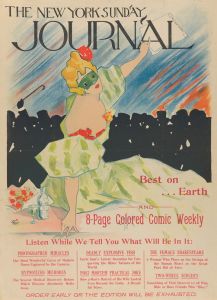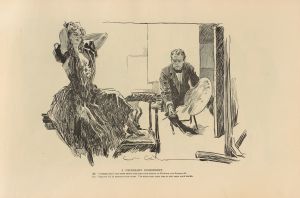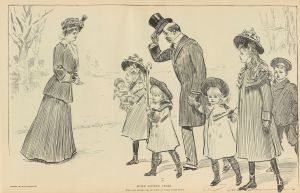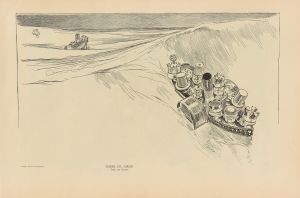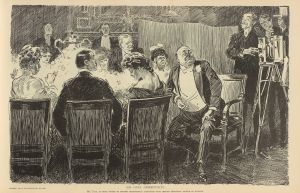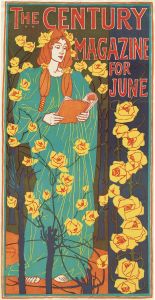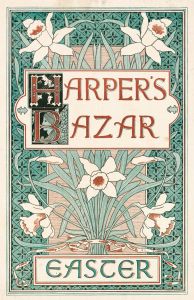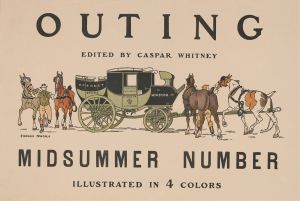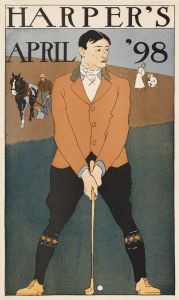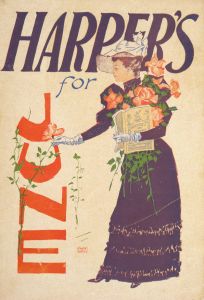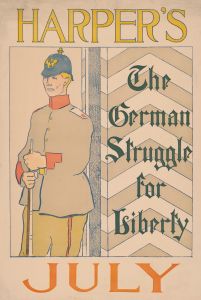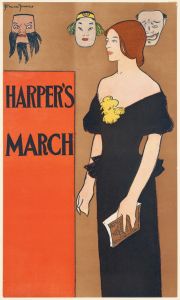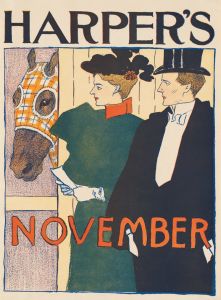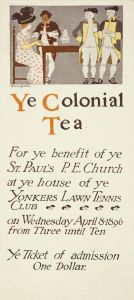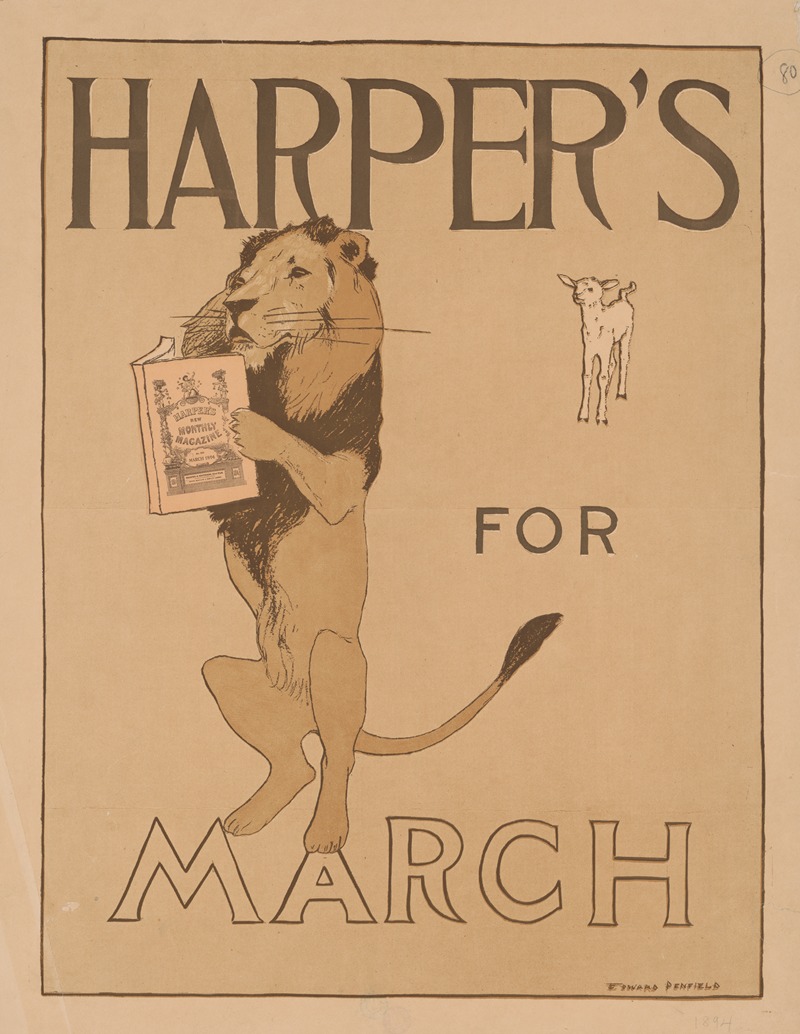
Harper’s for March
A hand-painted replica of Edward Penfield’s masterpiece Harper’s for March, meticulously crafted by professional artists to capture the true essence of the original. Each piece is created with museum-quality canvas and rare mineral pigments, carefully painted by experienced artists with delicate brushstrokes and rich, layered colors to perfectly recreate the texture of the original artwork. Unlike machine-printed reproductions, this hand-painted version brings the painting to life, infused with the artist’s emotions and skill in every stroke. Whether for personal collection or home decoration, it instantly elevates the artistic atmosphere of any space.
Edward Penfield was a prominent American illustrator and a key figure in the development of graphic design in the late 19th and early 20th centuries. He is best known for his work with Harper's Magazine, where he served as the art director and created a series of iconic posters that are celebrated for their innovative design and artistic quality. One of these works is "Harper’s for March," which exemplifies Penfield's distinctive style and his contribution to the Art Nouveau movement.
"Harper’s for March" is part of a series of monthly posters Penfield designed to promote Harper’s Magazine. These posters were created between 1893 and 1899 and are considered some of the earliest examples of American poster art. Penfield's work during this period was instrumental in popularizing the poster as a legitimate art form in the United States, following the influence of European artists like Henri de Toulouse-Lautrec and Alphonse Mucha.
The design of "Harper’s for March" reflects Penfield's characteristic use of bold outlines, flat colors, and simplified forms. His posters often featured everyday scenes and characters, rendered in a style that was both accessible and visually striking. This approach helped to bridge the gap between fine art and commercial art, making art more accessible to the general public.
In "Harper’s for March," Penfield employs a limited color palette, which was typical of his work due to the printing limitations of the time. The poster likely features a central figure or scene that captures the essence of the March issue of Harper’s Magazine, though specific details about the imagery are not widely documented. Penfield's ability to convey a narrative or theme with minimal elements is a testament to his skill as a designer and illustrator.
Penfield's posters for Harper’s were not only advertisements but also collectible items, appreciated for their artistic merit. They were distributed widely and often displayed in public spaces, contributing to the cultural landscape of the time. His work is credited with influencing subsequent generations of graphic designers and illustrators, and his posters remain highly regarded in the history of graphic design.
Edward Penfield's contribution to the arts extends beyond his work with Harper’s. He was a prolific artist who illustrated books, magazines, and advertisements, leaving a lasting impact on the visual culture of his era. His work is characterized by a keen sense of composition, an understanding of the power of visual storytelling, and an ability to adapt his style to suit various media and purposes.
Today, Penfield's posters, including "Harper’s for March," are studied and admired for their artistic innovation and historical significance. They are held in collections of major museums and continue to be celebrated as exemplary works of American graphic design.





